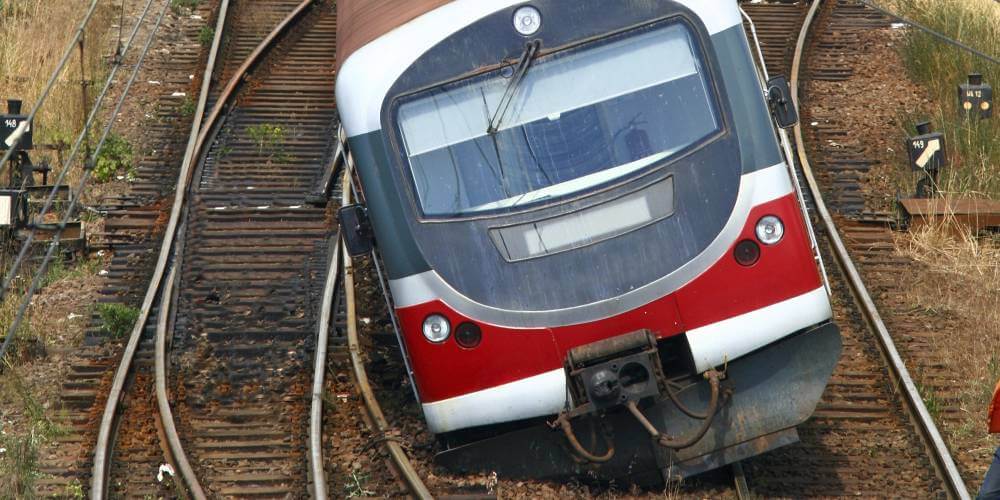Chicago commuters who travel on the Metra may not give a second thought to the high-visibility color scheme emblazoned on the rear of the passenger cars. But that safety measure grew out of a tragedy that took place on our city’s rails 40 years ago today. On that date, 45 people died and hundreds more sustained injuries in a serious train accident.
On a foggy October morning, Chicagoans were making their daily trek into work. On one rail line, a commuter train composed of recently built double-decker cars was approaching a station stop. But the train overshot its mark and had to backtrack towards the station. But by running past the station, it had automatically triggered a switch informing other trains that the track was clear at the station.
As the double-decker cars sat there, filled with morning commuters, an unsuspecting train was fast approaching the station on the same track. The second train barreled through the fog at 40 mph, only catching sight of the train ahead of it when it was too late to stop in time. The second train crashed into the first, causing massive devastation.
To make matters worse, the second train was older and heavier. It sheared off a significant portion of the lighter, newer commuter car. Rescuers had to extract injured passengers from a contorted heap of metal.
Transportation accidents are a time to consider the needs of injured victims and the families of the deceased. They also provide an occasion to improve the safety of the vehicles we use on a daily basis. This is true not only of the railroad industry, but also of the car, bus and truck industries. By asserting their rights, victims can receive the compensation they need while helping to cure flaws in transportation safety.
Source: WBEZ.org, “October 30, 1972: Chicago’s great train wreck,” John R. Schmidt, Oct. 30, 2012

